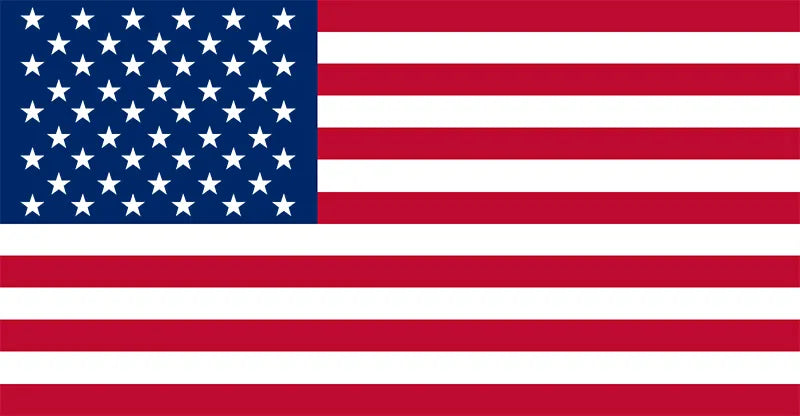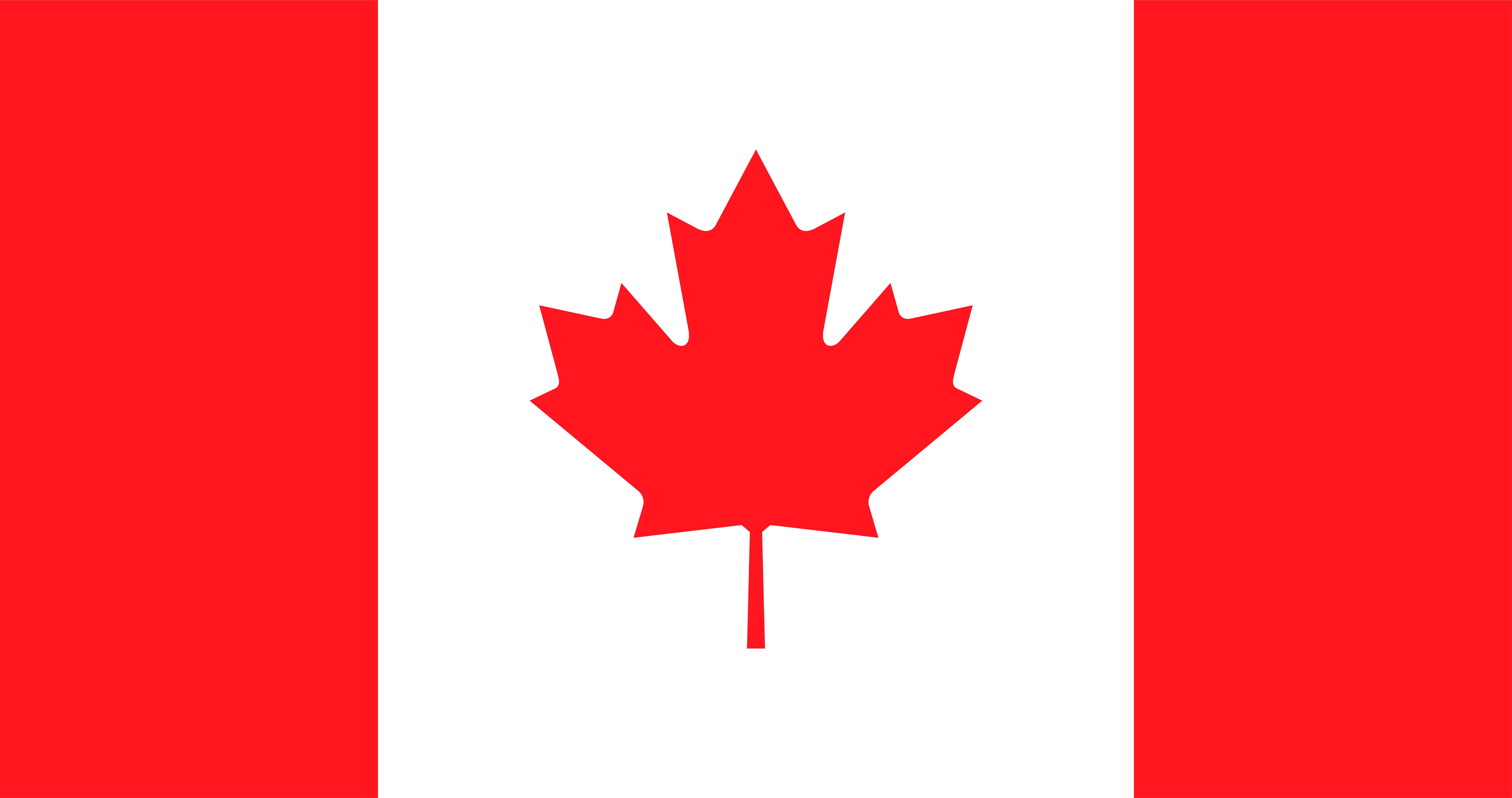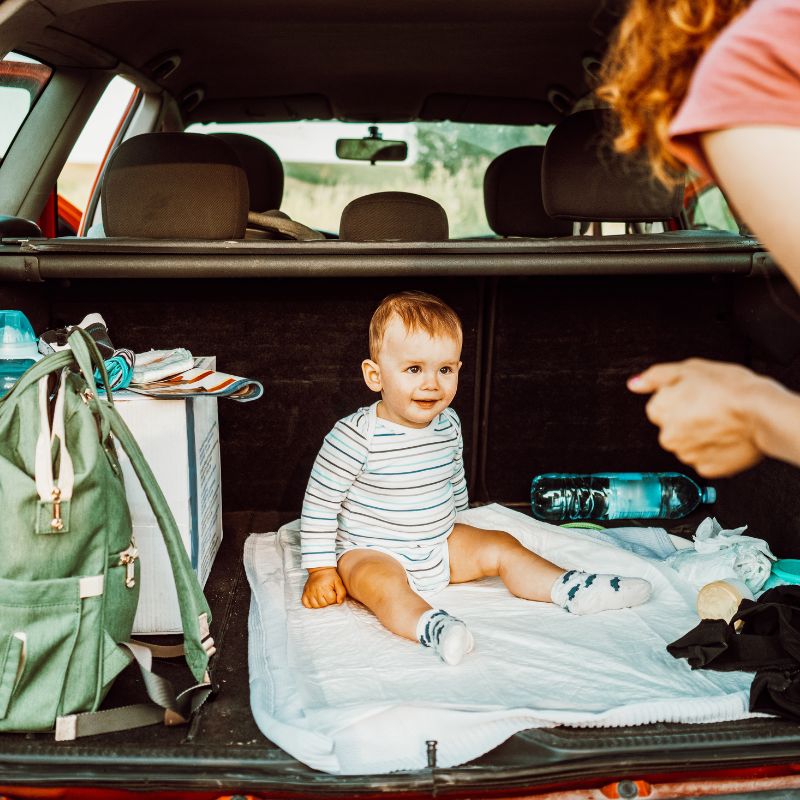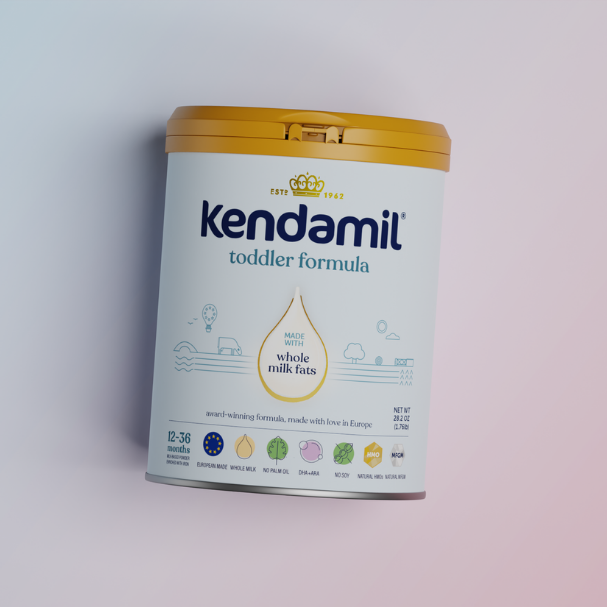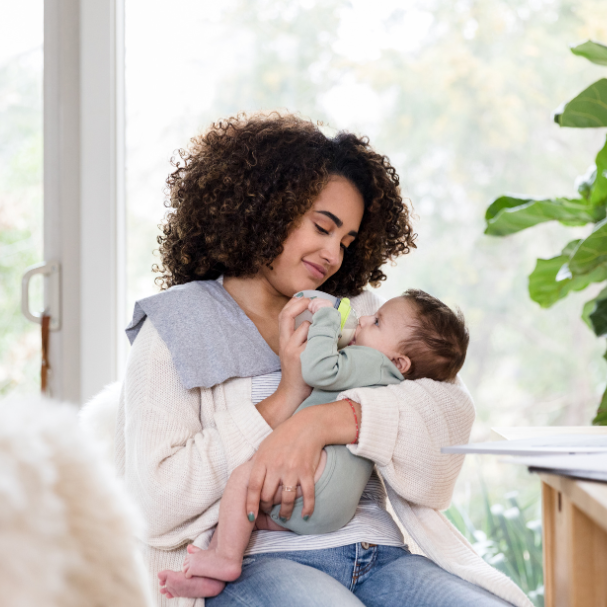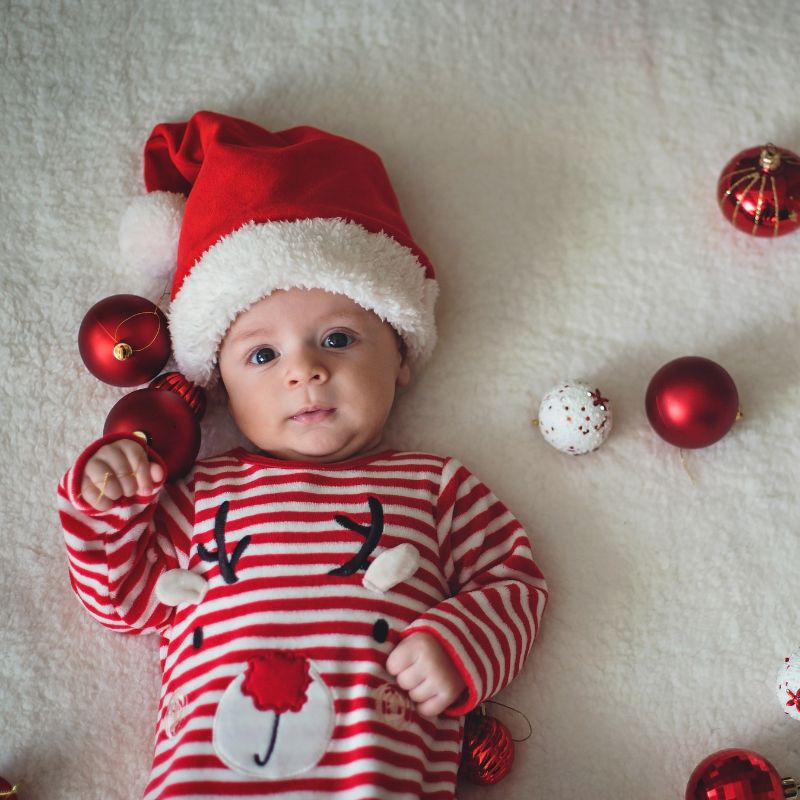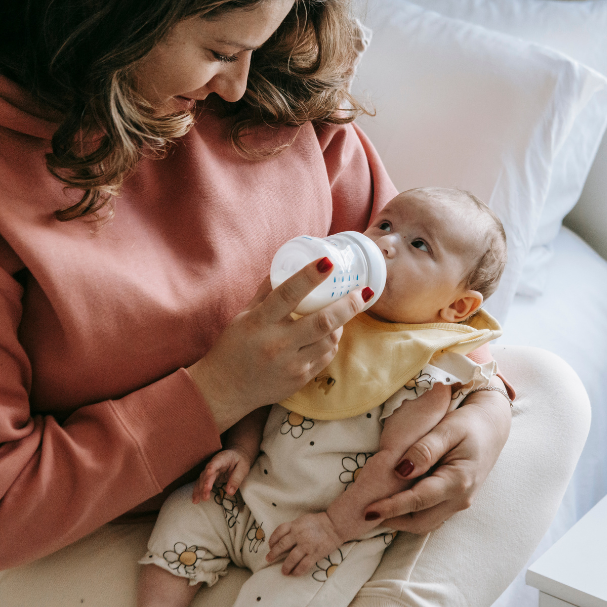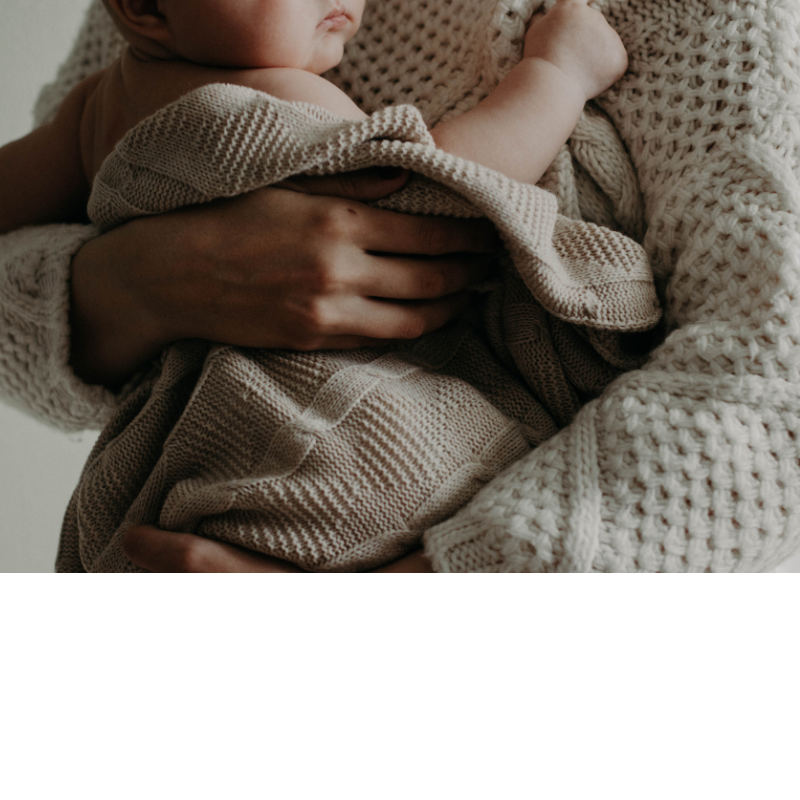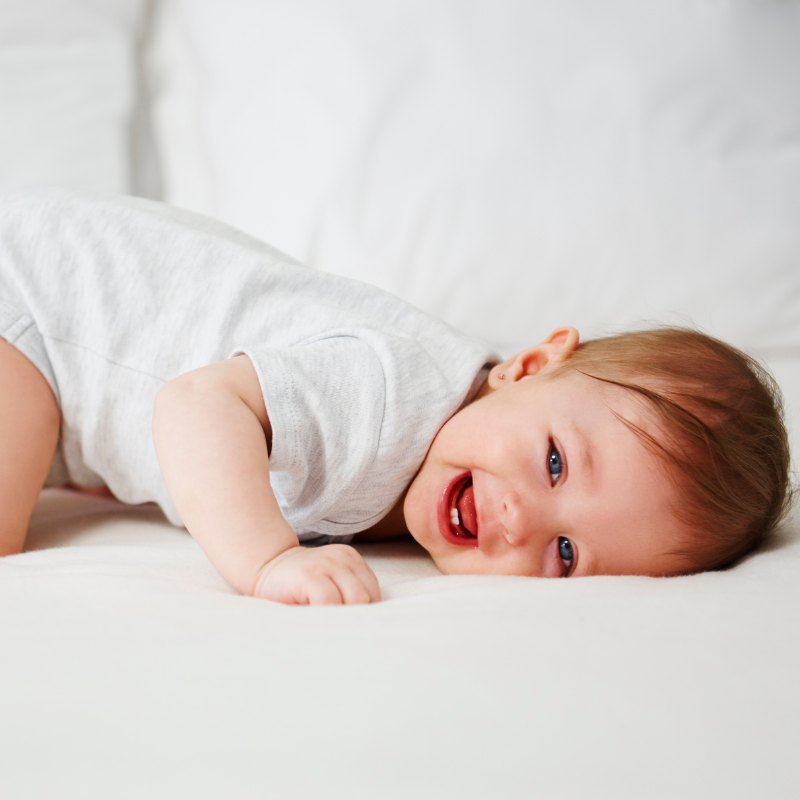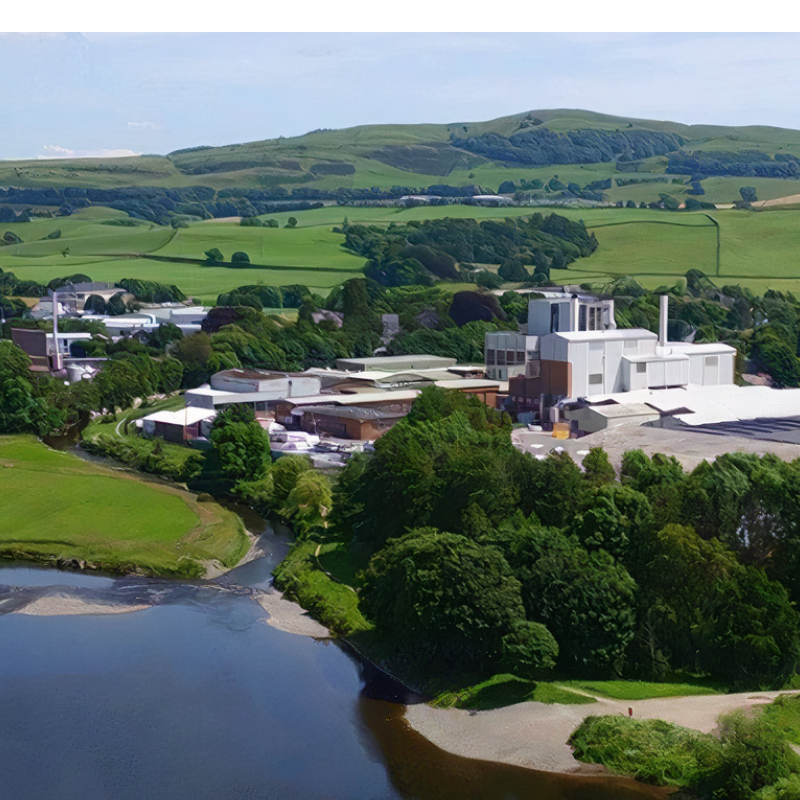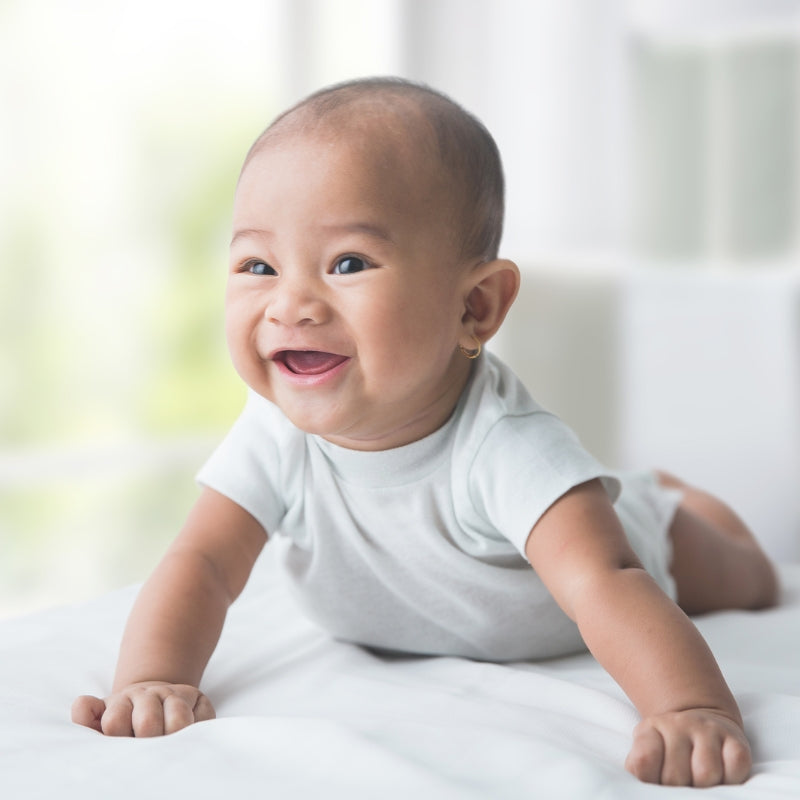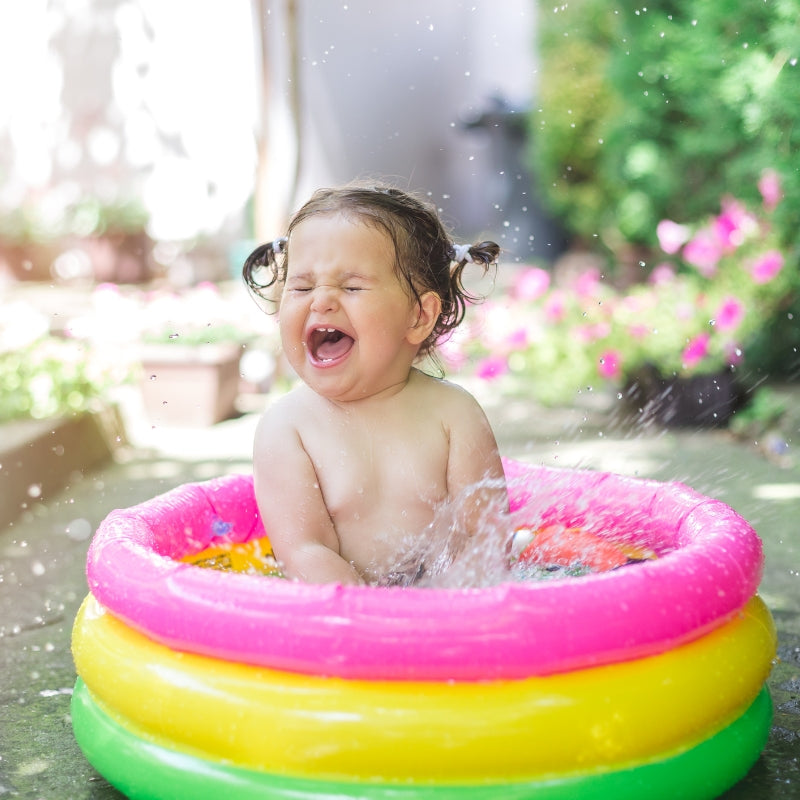Traveling with a young baby can feel daunting but with a lot of preparation and some tried and tested parenting hacks you’ll be wondering why you didn’t hit the road sooner! The key to feeding baby on-the-go is all in the preparation and knowing your options when it comes to preparing food and sterilizing any feeding equipment when away from home. Here we’ll go through everything you need to know.
How to feed baby on-the-go
Whether your baby is exclusively breastfed, is combi-fed, formula-fed or is weaning we’ve got the tips you’ll need for stress-free feeding while traveling.
Formula feeding baby while traveling tips:
- If flying, you can bring formula in quantities greater than 3.4 ounces or 100 milliliters in your carry-on luggage, it doesn’t need to fit within a quart-sized bag. It is recommended to inform the TSA officer at the beginning of the screening process if you are carrying formula in excess of 3.4 ounces. Formula will need to be screened separately. Top tip: put all your formula in a separate bag within your carry-on luggage so you can access it easily. You can also bring ice packs, freezer packs, and gel packs in your carry-on luggage to keep any pre-made formula cool. You can of course pack formula in your checked-in luggage.
- When traveling you always want to bring extra formula with you for delays, cancellations and unplanned stops. Calculate how much formula you’ll need for your travels/ trip and pack extra. If you’re staying within the US for your trip you can find us in a local supermarket using our stockist finder here.
- Here’s how to easily prep a feed when traveling: pack a vacuum flask of sterilized hot water (you can also ask for boiled tap water at a cafe if you need a top-up), pack a formula container pot with pre-measured scoops of formula (pre-measure out enough powder to make all the feeds you’ll need for your journey, plus some extra), you’ll also need your sterilized baby bottles. When ready to make a feed, pour the hot water into the bottle, add your formula and shake. It may still need to cool to body temperature before you serve to baby, always check on the back of your wrist before giving to baby.
Baby weaning on-the-go:
- Bring babies preferred weaning cereal and snacks with you. Coping with travel-induced fussiness is already tricky, but if you’re offering strange foods baby isn’t familiar with on top, it can make things worse. Bring weaning snacks that don’t perish with temperature changes and that don’t require refrigeration.
- If flying, you can bring baby food pouches over 3.4 ounces with you in your carry-on luggage, baby doesn’t need to be present with you and again we recommend keeping baby food separate for easy access for screening as well as giving the TSA officer a heads up. You can pack food pouches in any luggage you intend to check-in. If baby has a preferred brand of baby food pouches, these could be a life-saver for moments when you cannot find suitable or safe weaning foods for your little one.
- Baby essentials for travel: Make sure to pack a bowl, a couple of baby spoons and a couple of wipeable bibs.
- When it comes to offering baby foods in cafes and restaurants just keep an eye on salt, sugar and saturated fat contents. If traveling in countries where water is not a safe source, be careful of uncooked fruits and vegetables that may have been washed with local tap water. Aim to give baby foods that have been cooked to high temperatures and then cooled.
Tips for breastfeeding while traveling:
- When flying, breast milk of quantities over 3.4 ounces/ 100ml can be packed into your carry-on luggage and your baby doesn’t need to be present with you. Breast milk will need to be screened at security and they recommend putting it in clear, translucent bottles for easier screening. To keep breast milk cool you can also bring ice packs, freezer packs, and gel packs in your carry-on luggage.
- The Friendly Airports for Mothers (FAM) Act and the Friendly Airports for Mothers (FAM) Improvement Act require all small, medium, and large hub airports to provide a private, non-bathroom space in each terminal building for the expression of breast milk.
- Breastfeeding is actually a great way to comfort your baby when traveling. No need to reserve breastfeeding for mealtimes, consider breastfeeding your baby to help soothe them through unsettling moments such as a flight departure or landing, noisy travel sounds and jerky movements.
How to sterilize your bottles when traveling?
Sterilizing baby bottles while traveling doesn’t need to be tricky or take up too much room in your luggage.
Microwave steam bags:
If you do have access to a microwave when you’re traveling or perhaps in your accommodation you could consider using microwave steam bags. There are many on the market, we recommend these disposable ones by Medela or if you’re looking for a more environmentally friendly option you can check out this reusable one by Evenflo. Simply add a little water to the bag along with your pre-washed bottle components and put into the microwave for the instructed amount of time, usually around 3 minutes. They take up no room in your luggage and are a super quick method to sterilize a bottle on-the-go.
Your baby travel essentials check-list
Carry-on luggage:
- Sterilized baby bottles enough to cover the number of feeds needed on your journey
- Container with pre-measured formula (plus back-up feeds)
- Vacuum flask to add boiled water into after security
- Bib or burp cloth
- Wipes
- Plastic bag for rubbish, dirty spoon or soiled bib
- Sealed baby food pouches and spoon
- Small container of pre-measured baby cereal (back-up meal)
- Non-perishable baby weaning snacks
Larger luggage/ checked luggage:
- Cans of formula (calculate the number of feeds you will need on your trip to work out how many cans you’ll need to pack, always bring more than you need in case of delays when traveling)
- Sterilizing equipment
- Bottles
- Small washing liquid and baby bottle brush
- Baby cereal
- Baby food pouches (savory and fruity) that don’t require refrigeration
- Non-perishable baby weaning snacks
- Baby bowl, spoons and bibs
